ST. PAUL ŌĆö With wild ŌĆ£super pigsŌĆØ just across the Manitoba border to the north and feral hogs slowly expanding their range in nearby states, the Minnesota Legislature has asked the Department of Natural Resources to make a plan to thwart any wild swine invasion.
Lawmakers earlier this year ordered the DNR to review protocols, regulations and laws dealing with feral hogs as well as mink farms, and report back in 2024 on any changes that should be made to make sure the state is ready.
ADVERTISEMENT
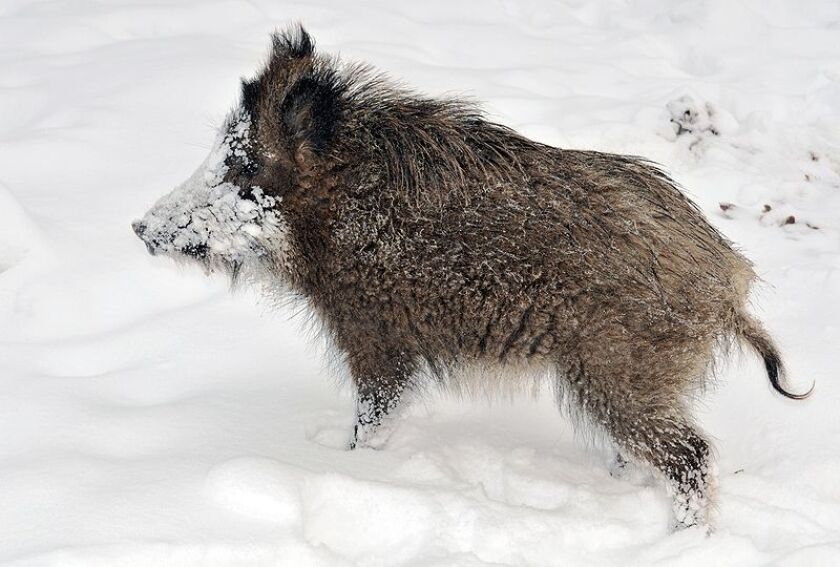
The DNR held an online public meeting on the issue earlier this week and is accepting public comments through Nov. 28. The state Department of Agriculture, Board of Animal Health and Department of Health also are part of the effort.
ŌĆ£This is an opportunity to proactively identify any gaps in our management,ŌĆØ said Leslie McInenly, wildlife populations and regulations manager with the Minnesota Department of Natural Resources. ŌĆ£A team of (pig and wildlife) experts from multiple state agencies has been meeting this fall to conduct this review.ŌĆØ
Canadian researchers have called wild pigs ŌĆ£ecological train wrecks,ŌĆØ that can cause soil erosion, degrade water quality, destroy crops and prey on small mammals and birds.
The researchers at the University of Saskatchewan's Canadian Wild Pig Research Project made headlines earlier this year when they reported the nationŌĆÖs population of large, wild pigs was growing rapidly and essentially uncontrollable ŌĆö nicknamed "super pigs" because they can grow to 400 pounds, run 30 mph and have adapted to live in bitterly cold and deep-snow conditions. They are apparently the progeny of intentionally cross-bred Eurasian boars and domestic pigs, escaped hybrids that have adapted to the wild.
Some of the super pigs are within 50 miles of the Minnesota border, and some have already dipped into North Dakota, officials note. Other populations of feral hogs are established in MichiganŌĆÖs Upper Peninsula. And there may be a wild pig population in Florence County in northeastern Wisconsin, the stateŌĆÖs DNR reports, where several wild pigs were reported in September.
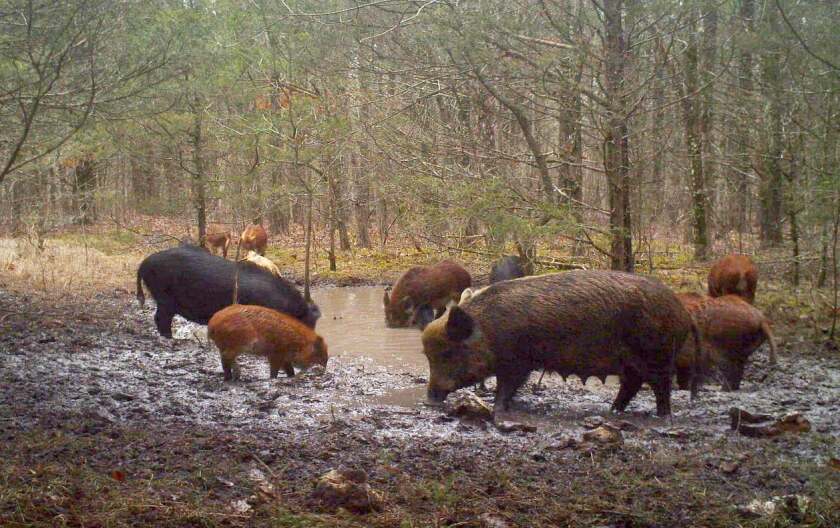
Expanding rapidly
There are now an estimated 6 million feral hogs roaming in the U.S., wildlife officials said. In the 1980s, feral swine were in only 20 states, primarily in the south. Now they are in 36 states as the animalŌĆÖs range expanded west and north. The number of counties affected by wild hogs has nearly tripled from 550 in 1982 to 1,496 in 2023.
ADVERTISEMENT
Female pigs can give birth when they are just six months old and can produce two litters of four to 12 piglets a year, a trait that can lead to rapid population expansion. They can cause massive damage to wildlife habitat and forest ecosystems while spurring severe erosion and damaging water quality by rooting near streams.
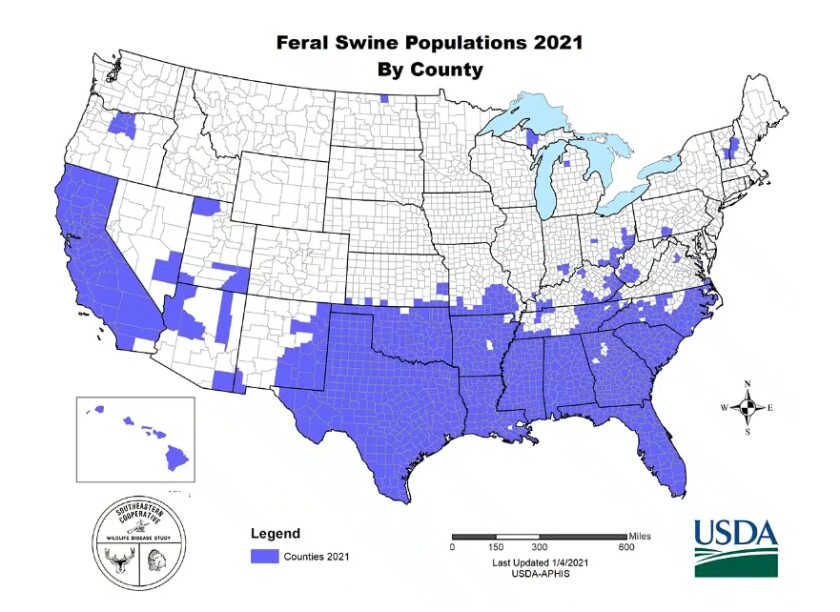
To make matters worse, all that rooting around in the soil releases greenhouse gasses, as much as 1 million cars annually, one report concluded.
They are also a menace to crops, causing an estimated $1.5 billion in agriculture losses annually in the U.S. alone. Farmers report that a group of 10-20 wild pigs, called a sounder, can destroy 10 acres of corn in one night. And they are a reservoir of diseases that can spread to domestic hogs and even other species.
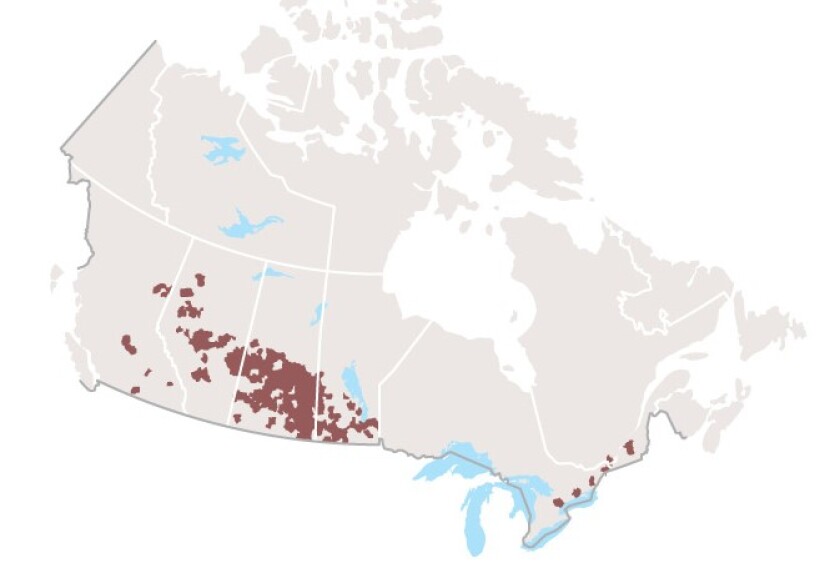
Domestic pigs can go wild
All pigs in North America are invasive, introduced here by European settlers. The wild ones are often called feral swine, wild boars, wild hogs or razorbacks.
Europeans first brought Sus scrofa, the species that includes both domestic pigs and wild hogs, to North America in the 1500s. Over the centuries since then, many captive pigs escaped where they easily regained their wild instincts. Adding to the problem, Eurasian wild boars were introduced in the U.S. a century ago, and Canada more recently, with many wild hogs now hybrids.
But itŌĆÖs not just wild pigs moving in from other places that worry agriculture and wildlife experts in Minnesota. Escaped domestic pigs can rapidly become wild. ThatŌĆÖs what happened in northwestern Minnesota in 2016 when an escaped female pig, one of several that breached a farmerŌĆÖs fence, survived the winter and had piglets in a state wildlife management area.
ADVERTISEMENT

The escaped pigs were eventually discovered and tracked down by federal trappers who killed them. Officials learned that the pigs had likely been surviving in the wild for a year or more. The farmer was cited, convicted and fined $135 for allowing his pigs to roam free and become wild. But the situation underscored how quickly any pig can adapt once they are loose.
State officials say they respond to about a dozen such cases of escaped pigs in Minnesota each year, so far managing to recapture or kill them as they occur.
Not all wild pigs look like Eurasian wild boars. Some look like the kinds of pigs you see at the state fair, McInenly said.
ŌĆ£ItŌĆÖs sometimes impossible to tell the difference between a domestic pig and a Eurasian wild pig. But it really doesn't matter. Any pig that is loose in the wild has the potential to be the beginning of a major problem,ŌĆØ she said. ŌĆ£ItŌĆÖs not just wild ones moving in from other places. ItŌĆÖs Minnesota farm pigs that escape and turn wild.ŌĆØ

ItŌĆÖs illegal to hunt wild pigs in Minnesota. Experts urge the public to contact the DNR if they see pigs roaming free anywhere. Experts note that allowing the public to shoot wild hogs has not worked to reduce their numbers in most areas and may make wild pigs more wary of people.
The animals are extremely smart, have a keen sense of smell and quickly learn to avoid humans. The best control measures so far have been focused on trapping and fencing to keep them out.
Missouri allowed unlimited shooting of feral pigs for years, and their population continued to grow. Now, hunting feral pigs is banned there, and the state instead uses professional trappers from state and federal agencies to get rid of the invaders.
ADVERTISEMENT
In Wisconsin, if anyone sees a wild pig, they should report the sighting to the DNR using the agencyŌĆÖs reporting form at , said Eric Lobner, director of the Wisconsin DNRŌĆÖs wildlife management program.
You can legally shoot a feral pig in Wisconsin as long as you possess a valid small game license and the permission of the landowner where you hunt. It is the hunter's responsibility to determine if a pig is feral and not a domestic pig that has escaped from its owner and is running loose. Landowners may shoot feral pigs on their own property without a hunting license, under DNR's animal nuisance control laws.
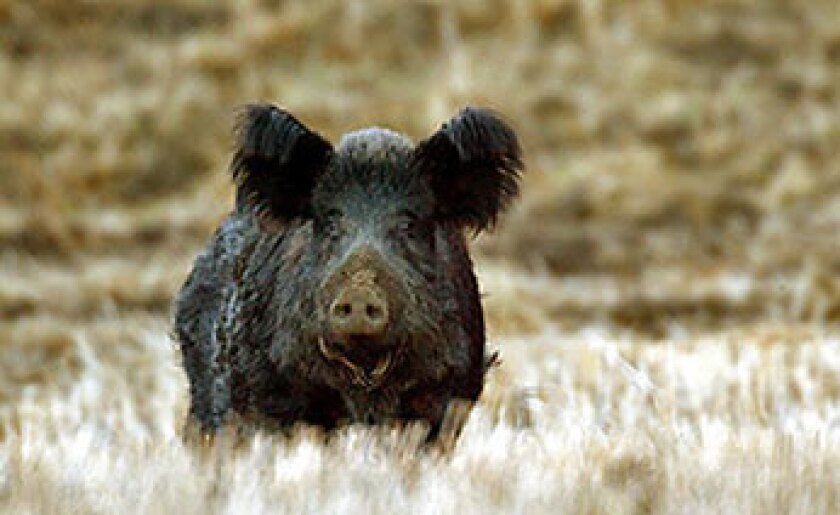
Feral hogs and mink farms: Comment through Nov. 28
The Minnesota DNR, in cooperation with the Board of Animal Health, Department of Agriculture, and Department of Health, is asking people to share their perspectives on feral hogs and mink farms in an online questionnaire open throhg Nov. 28. (The hog and mink issues are separate but included in the same legislative order.)
For more information or to make comments, go to . Comments can also be emailed to leslie.mcinenly@state.mn .



















